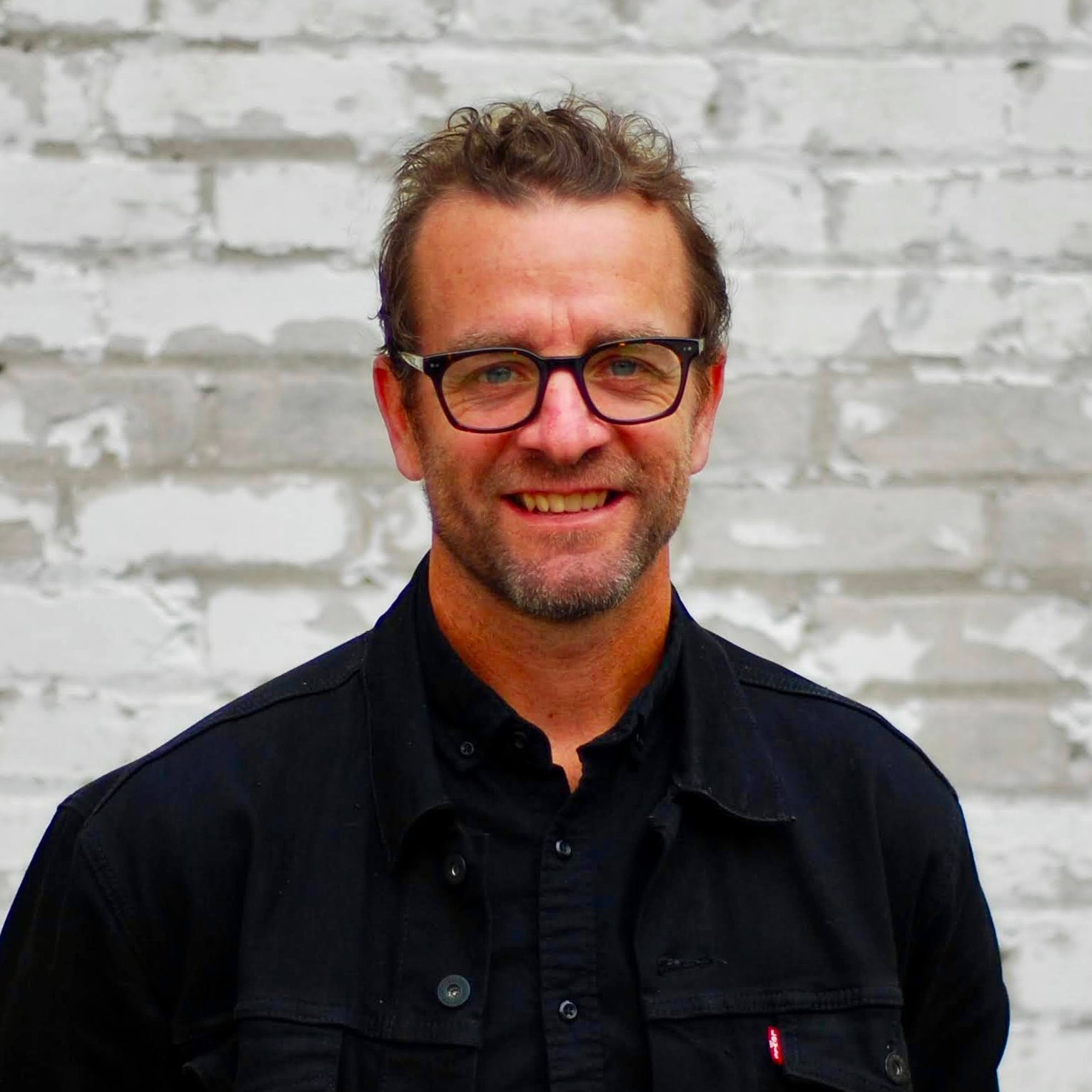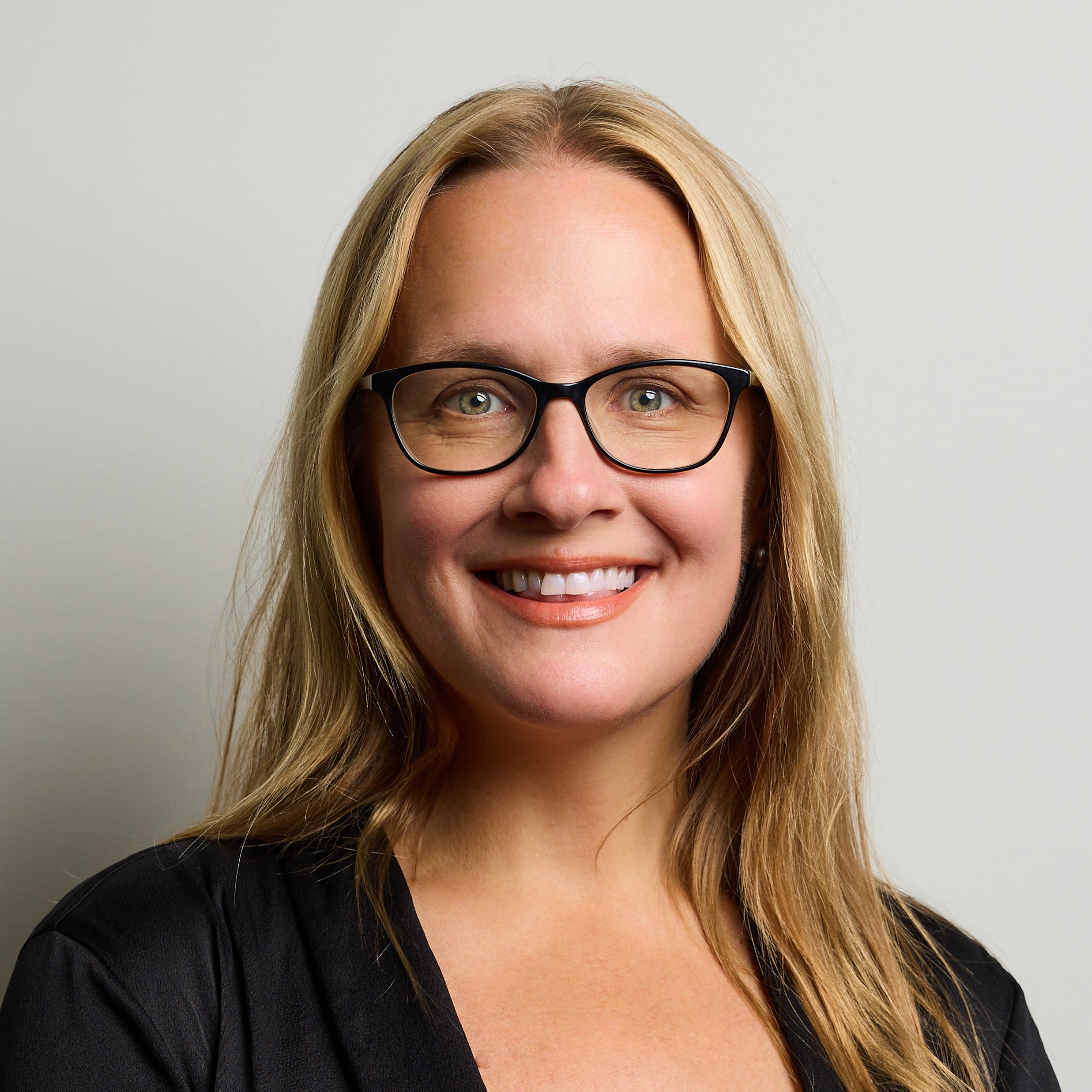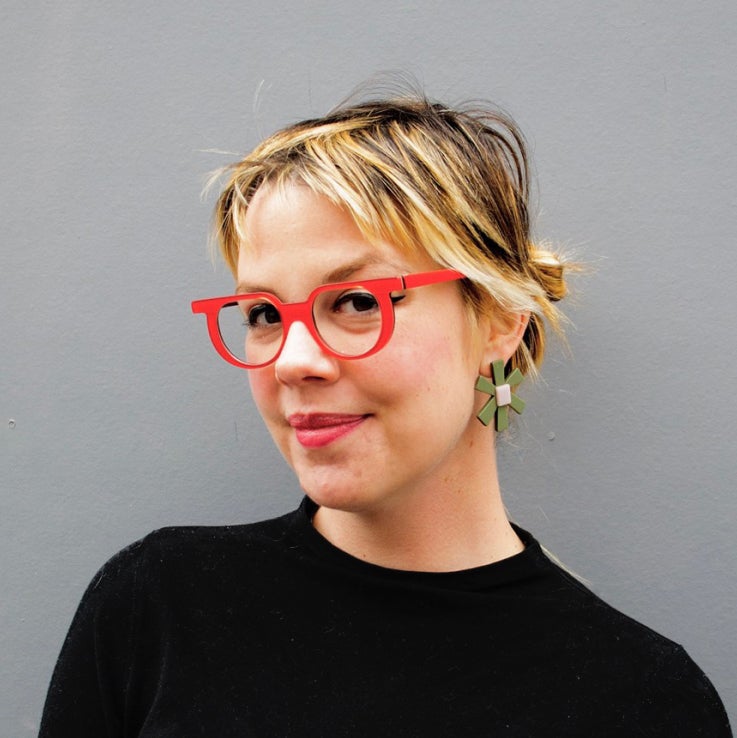
Alum in Action: Gaëlle Gourmelon on designing landscapes for wonder and play
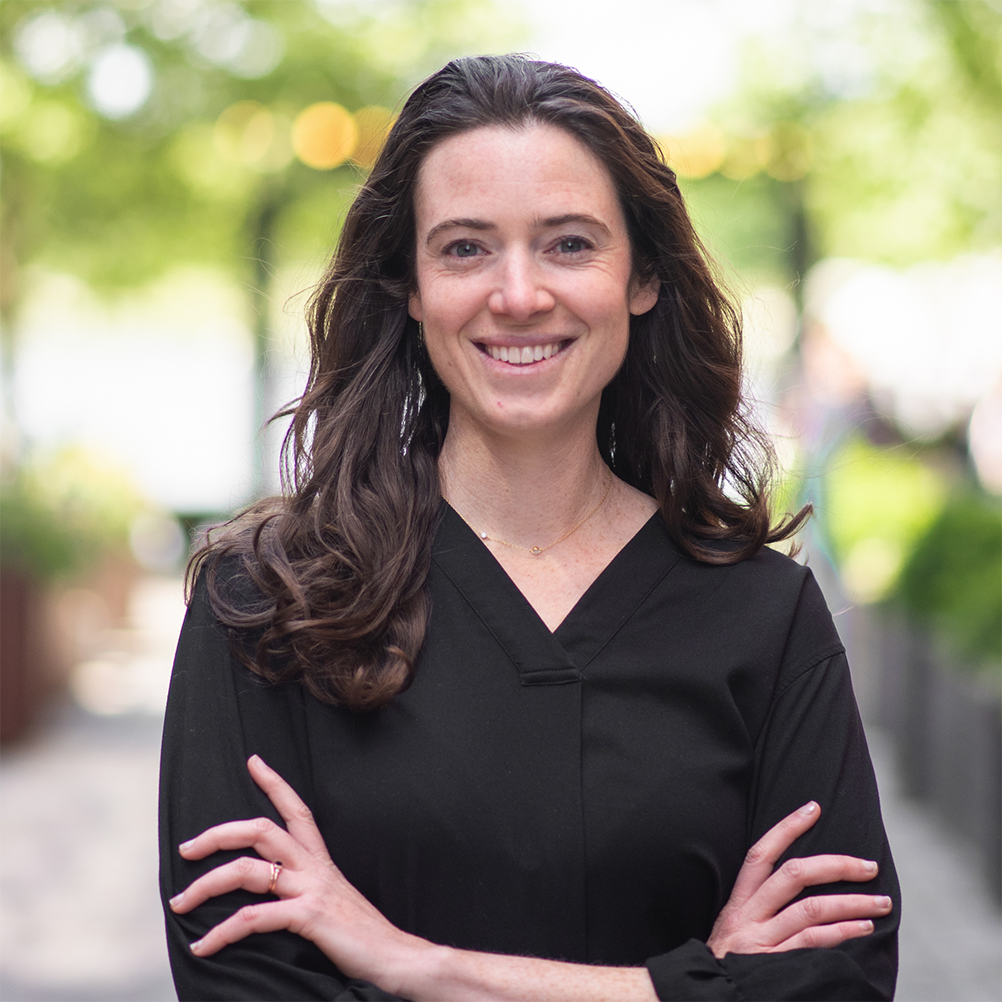
Gaëlle Gourmelon (MLA '20)
Associate and Designer, MKSK
Alumna Gaëlle Gourmelon (MLA '20) was recently recognized by the Maryland Chapter of American Society of Landscape Architects (MD ASLA) with an Emerging Professional Award for "extraordinary passion and commitment to the professional of landscape architecture and the community."
Gourmelon joined MKSK, a collective of planners, urban designers, and landscape architects who are passionate about the interaction between people and place, in 2020 and is currently an Associate and Landscape Architect in their Washington D.C. office. She is a past recipient of an Award for Design Excellence, upon graduating from UVA’s Master of Landscape Architecture program, and the Joe Lalli Scholarship from the Landscape Architecture Foundation.
She currently serves as Co-chair of MKSK’s Staff Council, a volunteer staff advocacy position. Last year, she developed, implemented, and synthesized the results of a firm-wide employee engagement survey, yielding targeted focus workshops on staff development and empowerment.
We asked Gourmelon to share more about how her experiences have shaped her love of landscape architecture and how wonder and play are central to her approach to designing spaces that inspire stewardship and joy.
You’ve said that your passion stems from designing for “wonder and play [which] are central to designing active, social and healthy places that inspire stewardship.” What experiences in your life, as you were growing up or more recently, have shaped these ideas?
This is a big question, and one that has a lot of elements in its response. I can't remember a period in my life when I didn't feel wonder, though maybe I have to work harder to let it creep in as a grown-up. I am incredibly lucky to have a mother who bubbles over with curiosity. My mom is someone who somehow always has a garter snake in her hands or has somehow already learned Italian before a trip to Italy. She's a crafter and a maker. She encouraged my appreciation of all things living. I even have a microscope at home just so I can admire more of these living things.
When I tap into that feeling, the one where I feel
grateful that I got to spot an elusive bird or
got to hold a surprisingly smooth pebble in
my pocket, my instinct is to protect it.
Wonder is one of the most direct paths
to stewardship of the natural world.
Wonder, I think, is most easily tapped into during play, so these two things are interrelated. I'm still working to define what "play" means to me. As a shy kid, "play" to me was not monkey bars and fireman's pole like it was to most of my classmates. Most of my "play" didn't happen on a school playground, where I felt a little lost among the other children. Mine was a quieter exploration. After school, I'd walk through our big yard and find insects or turtles. As a teenager, "play" was movie nights at friends' houses and running around the mall. Now, "play" is long bike rides, hikes, and crafts ("It was so fun to play all day!" is still a phrase that a friend of mine uses when we spend time together).
I know that my experiences and preferences are not universal, but I use them as an example of how broad the idea of "play" is to me.
I think [play] can happen at any age, anywhere we are, and it's a very personal thing. Diversity of playful experiences, or at least playful affordances, is crucial.
Without play, our bodies and minds become static. We don't develop core muscle groups and senses of self-perception. We don't challenge our minds and enhance our memory. We don't create emotional links to people and things around us. Through the idea of wonder and play, I have started a research project on alleys as urban commons-- as places that can allow "play affordances" for all ages.
I can't wait to see where this project takes me.

You have a background in biology and public health, in addition to landscape architecture. How does this play into your approach to designing landscapes?
I think I would have gone into landscape architecture sooner if I had known it was a career option, but I'm incredibly glad that I got to explore biology and public health to get to where I am.
Biology is a field of wonder. In life science, you get to think about how the smallest atom fits into the largest molecule which builds the most fascinating organ which runs a unique organism which lives within its fluctuating population which affects its complex habitat and food web. You really understand that every little thing is interconnected. You also come to think of the environment— through chemical signals, sensory cues, and social meaning, is just as much a part of an organism as the organism itself.
Public health extends that systems-thinking and folds in additional lenses such as human behavioral science and impacts of built environments. That's an exciting perspective as someone who gets to design landscapes.
I don't think my background necessarily translates one-to-one into specific elements of my design process. I'm good at making diagrams, and I think that comes from spending time thinking through systems. I enjoy presenting, and I think that's simply because I'm excited to bring people into the systems that I see.
I think that asking questions from the elemental level
through to the population level helps me design differently.
I'm still figuring out what that means on built projects, and I've dug into research that broadly falls into "biophilia" to better understand the impacts of design decisions.
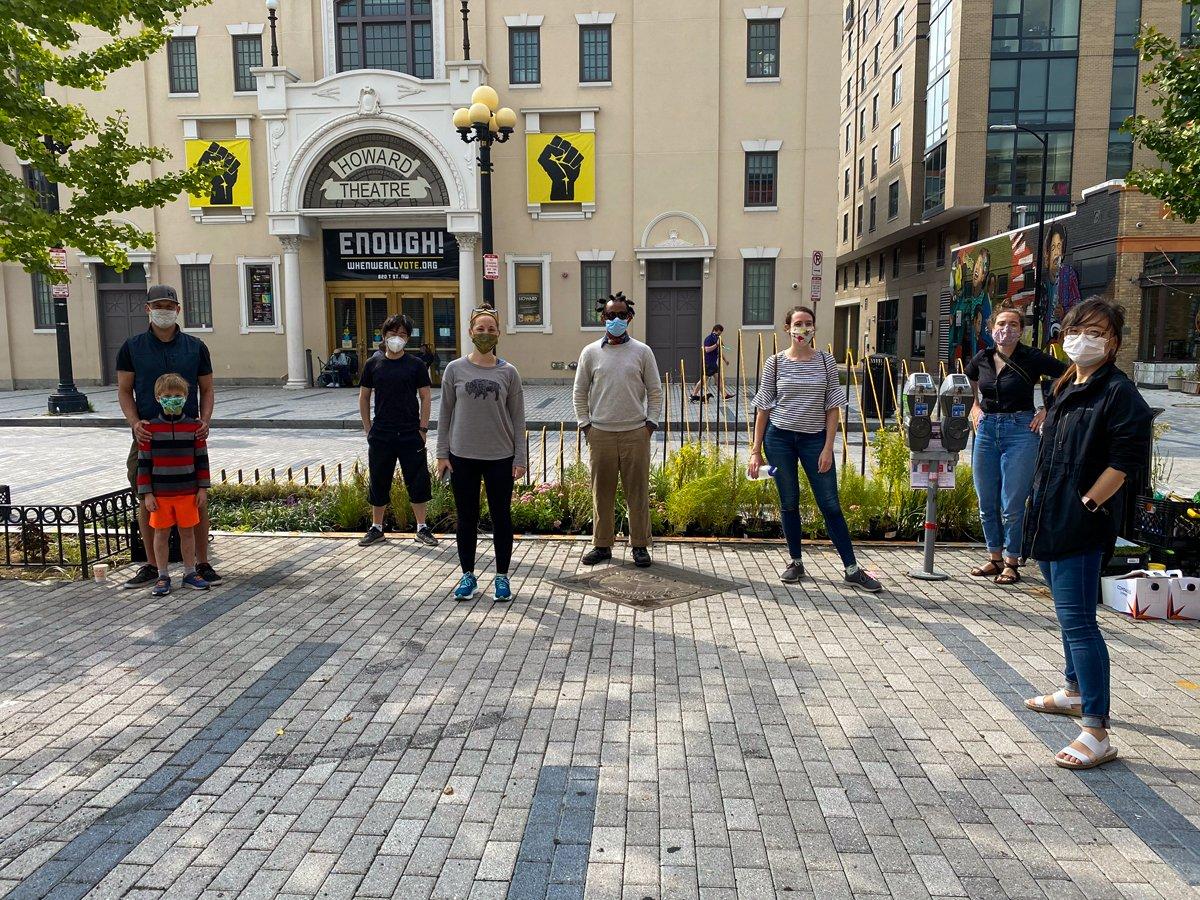
Your built work with MKSK touches across a wide range of types from single family residential projects to playgrounds and mixed-use trails. Can you share a little bit more about a project that draws on your approach to play and what was something significant you learned while working on it?
The project that comes to mind first is a toddler play lot and neighboring dog run design for an affordable housing community in Washington, D.C. It was the first project that I worked on that I got to see in its physical form, and it was magical. It looked just like I thought it would.
It was a bite-sized project that let me learn how to think through each piece of the design.
What's the right mound height for a toddler to play on?
Can planting and seating feel like a safe edge as much as a fence might, but more welcoming?
How close do fence pickets have to be to keep a chihuahua enclosed?
What are the most toddler and dog-resistant (and non-toxic) plant species?
That project taught me that 99% of being a designer is asking endless questions.
What kinds of lessons or lasting impacts from the A-School do you take with you in your professional life?
My time at the A-School was one of the most challenging and life-altering experiences I've had. In the beginning, I had a hard time letting go of certainty, of right and wrong answers. I'd come from an education where you could use formulas or theories to find answers and where you asked incremental questions and tracked your results with exactness. There's comfort and elegance in that. I will always love good data.
But my teachers at the A-School pushed me to trust how I felt and how I perceived the world too. The human body is an incredible thing. Intuition and memory, perspective and movement. These are within reach at any moment. It's a joy to discover where I align with others and where I differ when I receive the world around me. I now get to marvel trough so many different lenses.
An important lesson from the A-School:
surround yourself with people who inspire you.
In and outside of the classroom, I learned so much from Julie Bargmann's confidence of expression, from Brad Cantrell's calm leadership style, from Leena Cho's relentless pursuit of representation, among many other things.
Each of my classmates was also a source of
inspiration through their bold and creative ideas.
They made me a better designer.
In my professional life, I continue to learn from inspiring leaders and colleagues each day.

